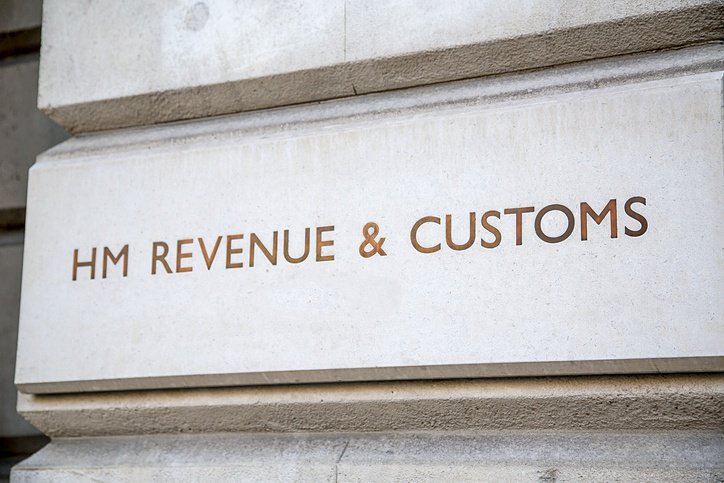Professional Landlords Switching to Limited Company Status for Purchases
New research from Precise Mortgages shows that landlords with bigger portfolios have swung dramatically to using a limited company status for new property purchases, highlighting the ongoing switch in the buy-to-let market, as investors reshape their portfolios.
The specialist lender found that almost two out of three (64%) landlords with more than four properties who plan to invest further this year would use a limited company status, compared with just 21% who intend to buy as individuals.
Across the sector as a whole, 44% of landlords planning to buy will use a limited company status, but that drops to 17% among those with one to three properties. Around two in five (37%) landlords with smaller portfolios will purchase as individuals, the study shows.
Precise Mortgages also found that more than six in ten landlords planning to fund new purchases this year will use buy-to-let mortgages. However, 73% believe that lending criteria and portfolio application process changes, introduced by the Prudential Regulation Authority, are making it more difficult to secure loans, while 57% say that the changes will slow applications down.
Limited company status is growing in popularity, as the phased reduction in mortgage interest tax relief does not affect limited company landlords, who can continue to offset mortgage interest against their profits, which are subject instead to Corporation Tax of 19%, rather than Income Tax rates.
The interest coverage ratio on limited company applications is also lower than for most individual landlord mortgages.
Alan Cleary, the Managing Director of Precise Mortgages, comments: “The buy-to-let market is changing and the switch to greater use of limited company status is one aspect of the development underlining the increasing maturity of the sector.
“There are good reasons why limited company buy-to-let is dominating the purchase market, and we expect that will continue to be the case this year and next. Brokers and customers, however, need expert specialist support when buying as a limited company or considering switching to limited company status, as there are considerable costs involved.”






